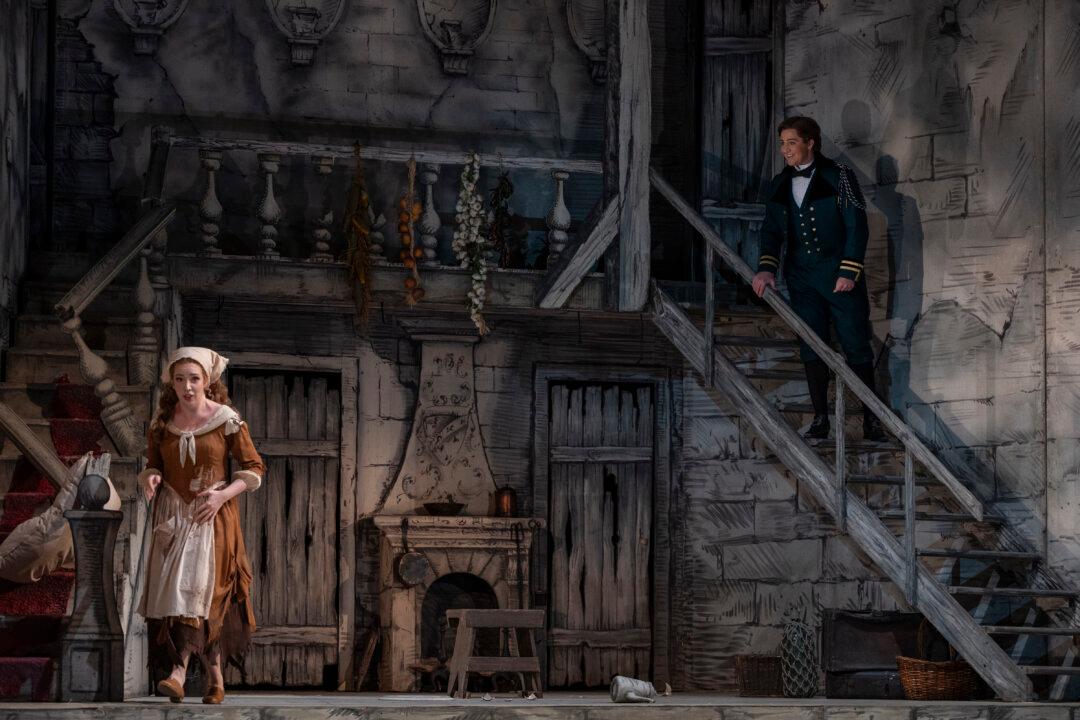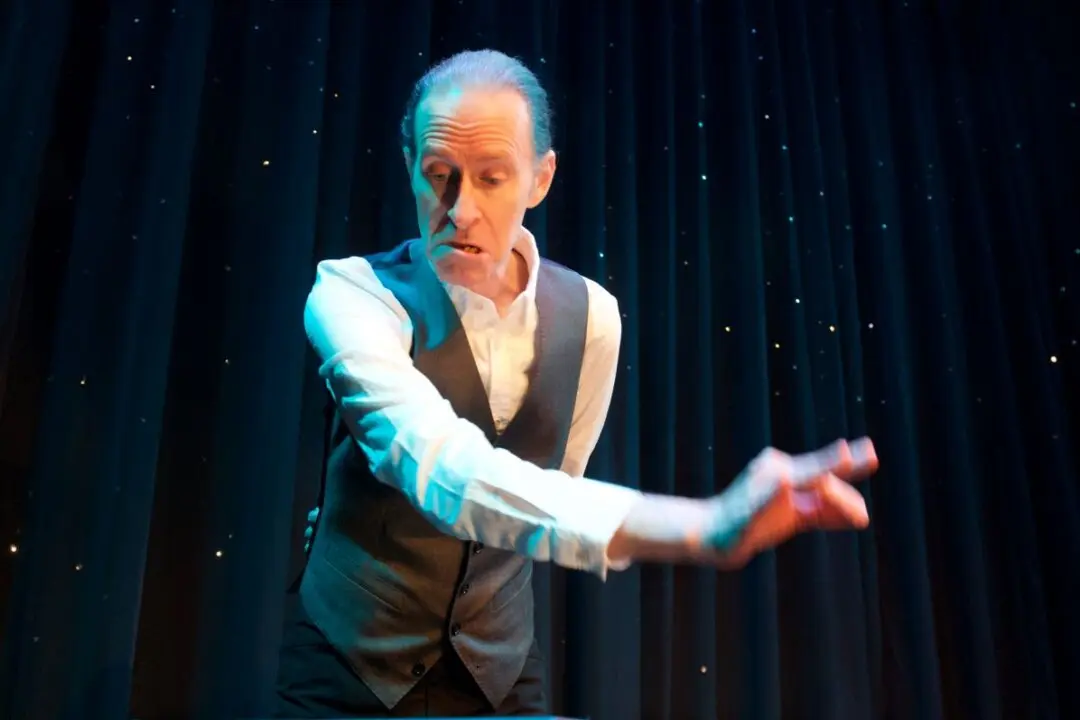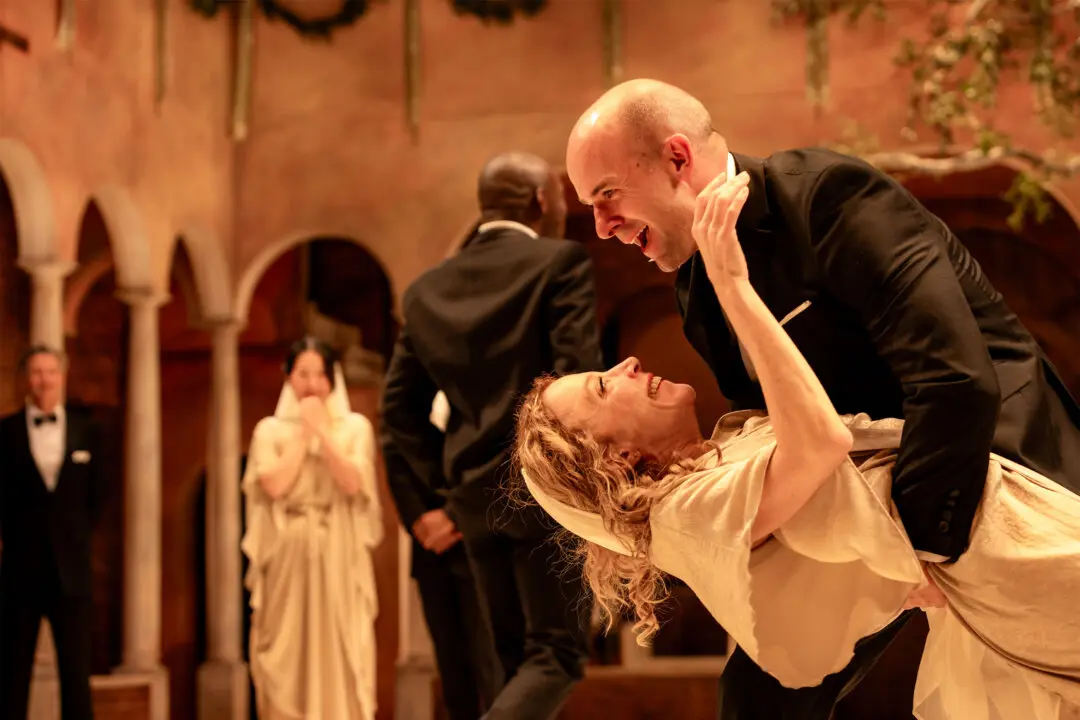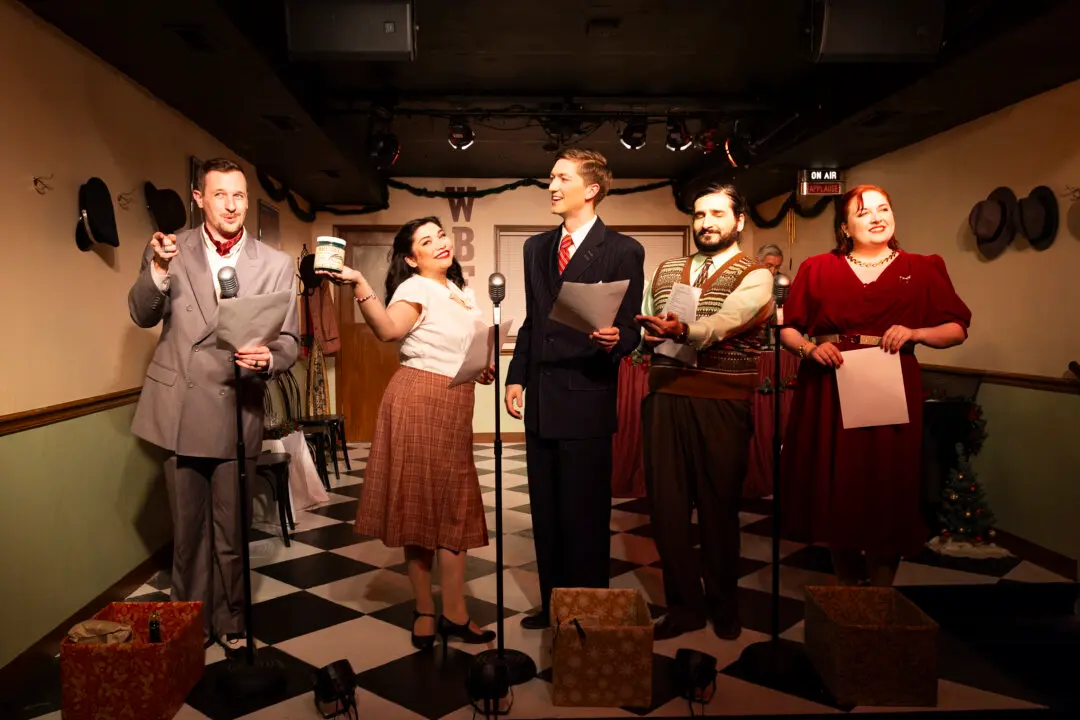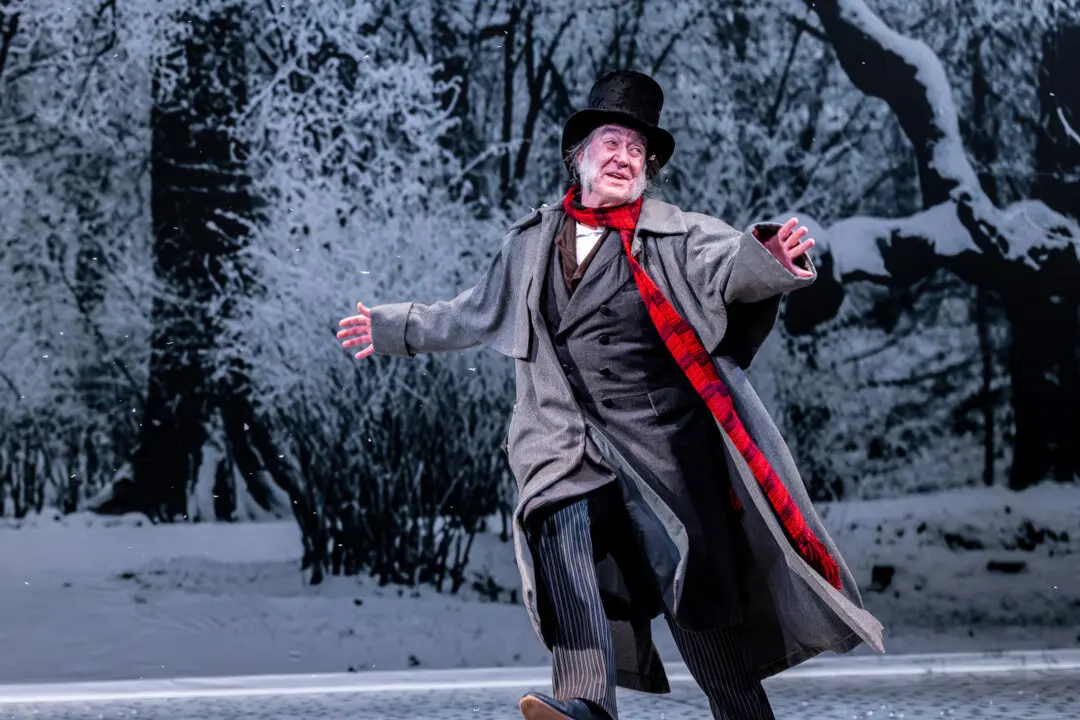CHICAGO—Few operas end without tragedy and death, and still fewer end happily. And of those, still fewer have you in stitches throughout and laughing as you leave the opera house. But such is the case with Gioachino Rossini’s rollicking, fun-loving “Cinderella” at the Lyric Opera of Chicago.
The rags-to-riches story of “Cinderella” is a universal fairy tale beloved by both children and adults. It’s an irresistible tale of a plucky young servant girl who falls in love with a wonderful prince and lives happily ever after.

